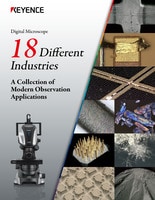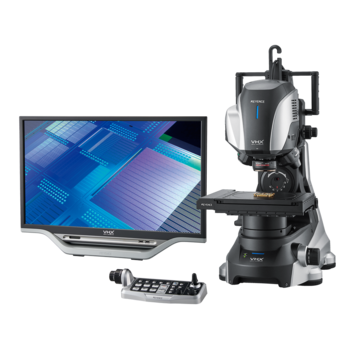Digital Microscopes
Observation of LEDs Using a Digital Microscope
Having low power consumption and long service lives, LEDs are used extensively in lighting devices. However, in recent years there has been a focus on mini LEDs and micro LEDs as display devices to replace OLED displays. This section provides an overview of LEDs and introduces examples of their observation using a digital microscope.
Characteristics of LEDs
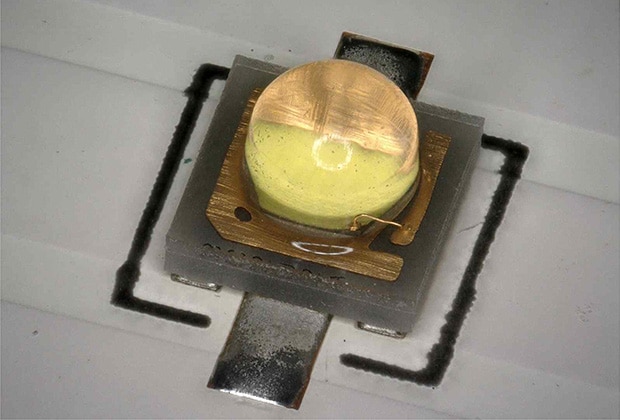
The main characteristics of LEDs are as follows.
- Long service life
Incandescent light bulbs have service lives of approximately 1000 to 2000 hours. In comparison, LEDs have service lives of approximately 40000 hours. (Service life refers to the time until the device’s light intensity drops to approximately 70%.) - Energy saving
Because incandescent light bulbs convert electricity into heat energy, they have low energy efficiency. However, LEDs are light-generating semiconductors, so they require low amounts of energy. They also generate almost no infrared or ultraviolet rays. - High-speed response
Being able to light and blink at high speeds, LEDs are well-suited to use in display devices. - Express various colors
Changing the type of compound semiconductor allows LEDs to express various colors by combining light in the three primary colors. - Vibration- and shock-resistant
Because LEDs do not use glass or filaments, they are resistant to vibrations and shocks. - Compact and lightweight
Because they are semiconductors, LEDs make compact designs possible. This characteristic is being put to use in mini LEDs and micro LEDs, which have become popular in recent years.
Types and emitted light colors of compound semiconductors
LEDs use compound semiconductors. The emitted light color of a compound semiconductor is determined by its combination of multiple elements.
| Type of compound semiconductor | Emitted light color | Wavelength |
|---|---|---|
| Indium gallium nitride (InGaN) | Blue, purple, green | 370 to 500 nm |
| Aluminum gallium indium phosphide (AlGaInP) | Orange, yellow | 500 to 600 nm |
| Aluminum gallium arsenide (AlGaAs) | Red | 600 to 780 nm |
Get detailed information on our products by downloading our catalog.
View Catalog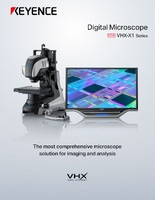

What Are Mini LEDs and Micro LEDs?
A liquid crystal display (LCD) uses an RGB color filter to display color. On the other hand, the colors that appear on an OLED display come from its organic materials. A micro LED is a self-emitting display that uses LEDs in place of organic materials.
The definitions of mini LEDs and micro LEDs are ambiguous, but generally, mini LEDs have a size of 0.1 mm (0.004") or more and micro LEDs are smaller than 0.1 mm (0.004").
Also, mini LEDs and micro LEDs have different applications. Micro LEDs are mainly used in displays. Mini LEDs are used to replace the backlights of LCDs.
Micro LEDs/OLED display
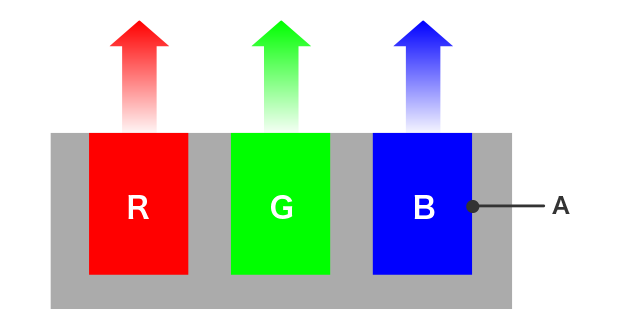
A: LED
LCD
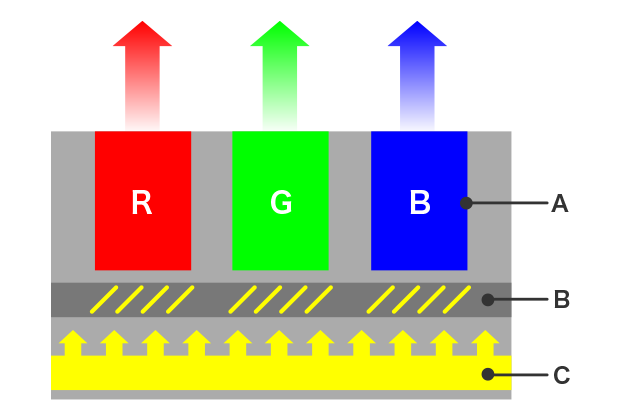
A:Color filter B:Liquid crystal shutter C:Backlight
With mini LEDs, instead of using a liquid crystal shutter and backlight, the mini LEDs shine light on the color filter as the backlight.
Micro LED benefits
Compared to LCDs
- High contrast
LCDs express black by using a liquid crystal to block the light from the backlight, but they cannot fully express black because some light leaks through. In comparison, micro LEDs are self-emitting, so they can fully express black. - Wide viewing angle
Clear images can be obtained up to angles of approximately 180 degrees. - High-speed response, low power
It is said that the power consumption is roughly half that of liquid crystals.
Compared to OLED displays
- High intensity
The brightness allows for outdoor use even during the day. - Long service life
The long service life comes from the fact that light is not emitted from organic materials. Furthermore, micro LEDs do not suffer from the problem of ghost images.
We’re here to provide you with more details.
Reach out today!

Example Observations of LEDs Using a Digital Microscope
This section introduces the latest examples of observation of LEDs using KEYENCE’s VHX Series 4K Digital Microscope.
Depth composition observation of LED PCB
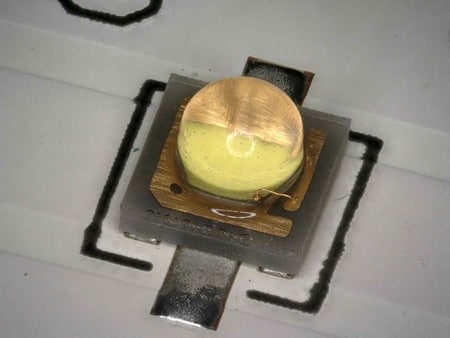
50x, ring illumination
Observation of flaws on LED surface
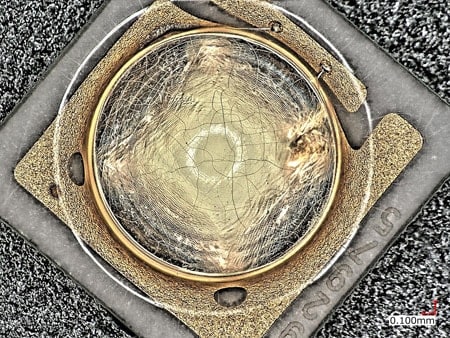
100x, ring illumination + HDR
HDR allows for visualization of subtle surface flaws.
Observation of stress within LED lens
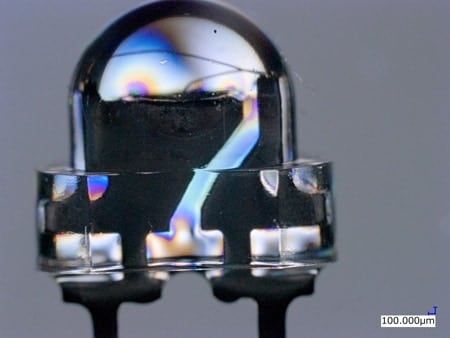
50x, transmitted polarizing illumination
Transmitted polarizing illumination allows for visualization of stress.
Get detailed information on our products by downloading our catalog.
View Catalog


